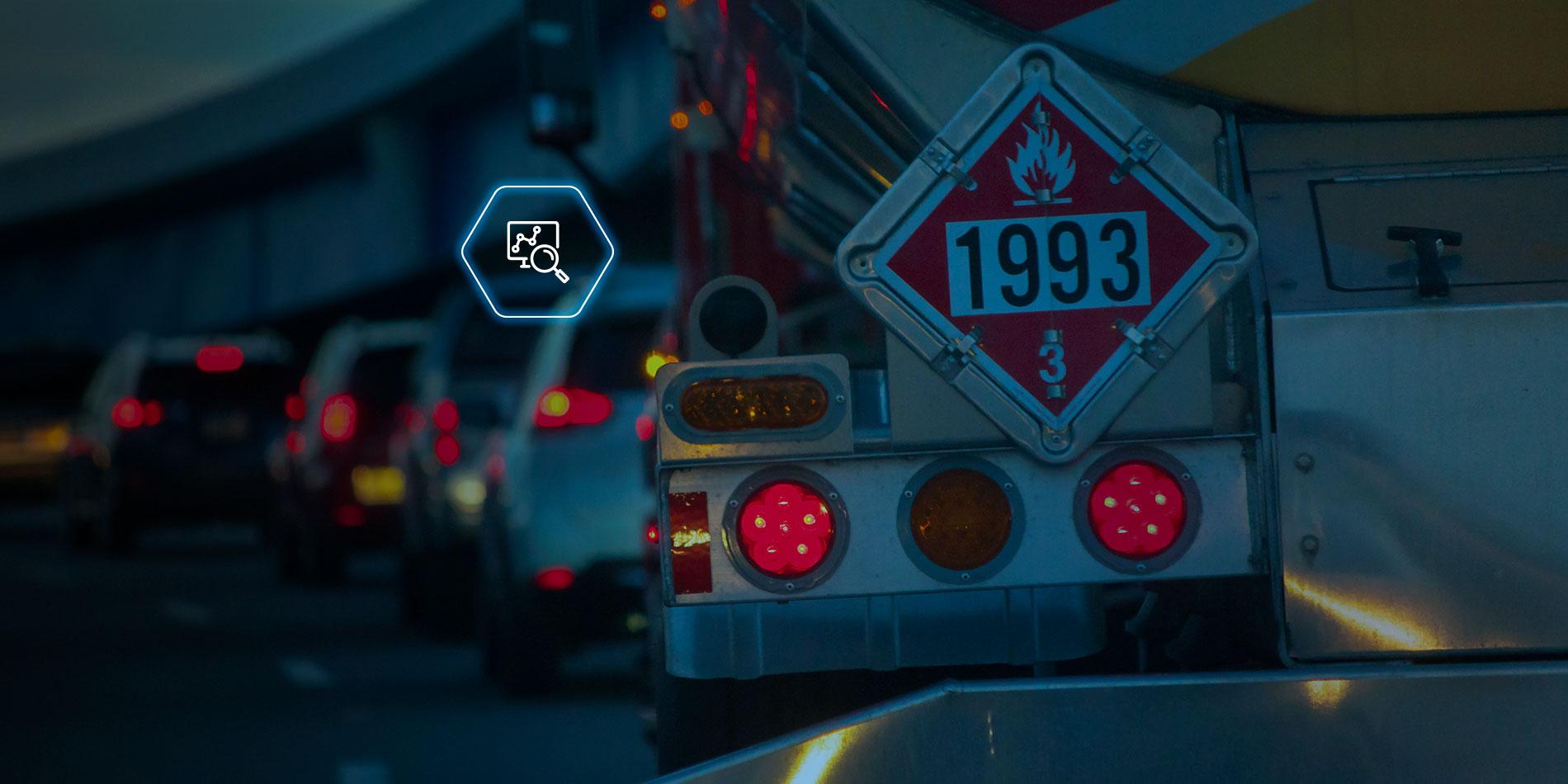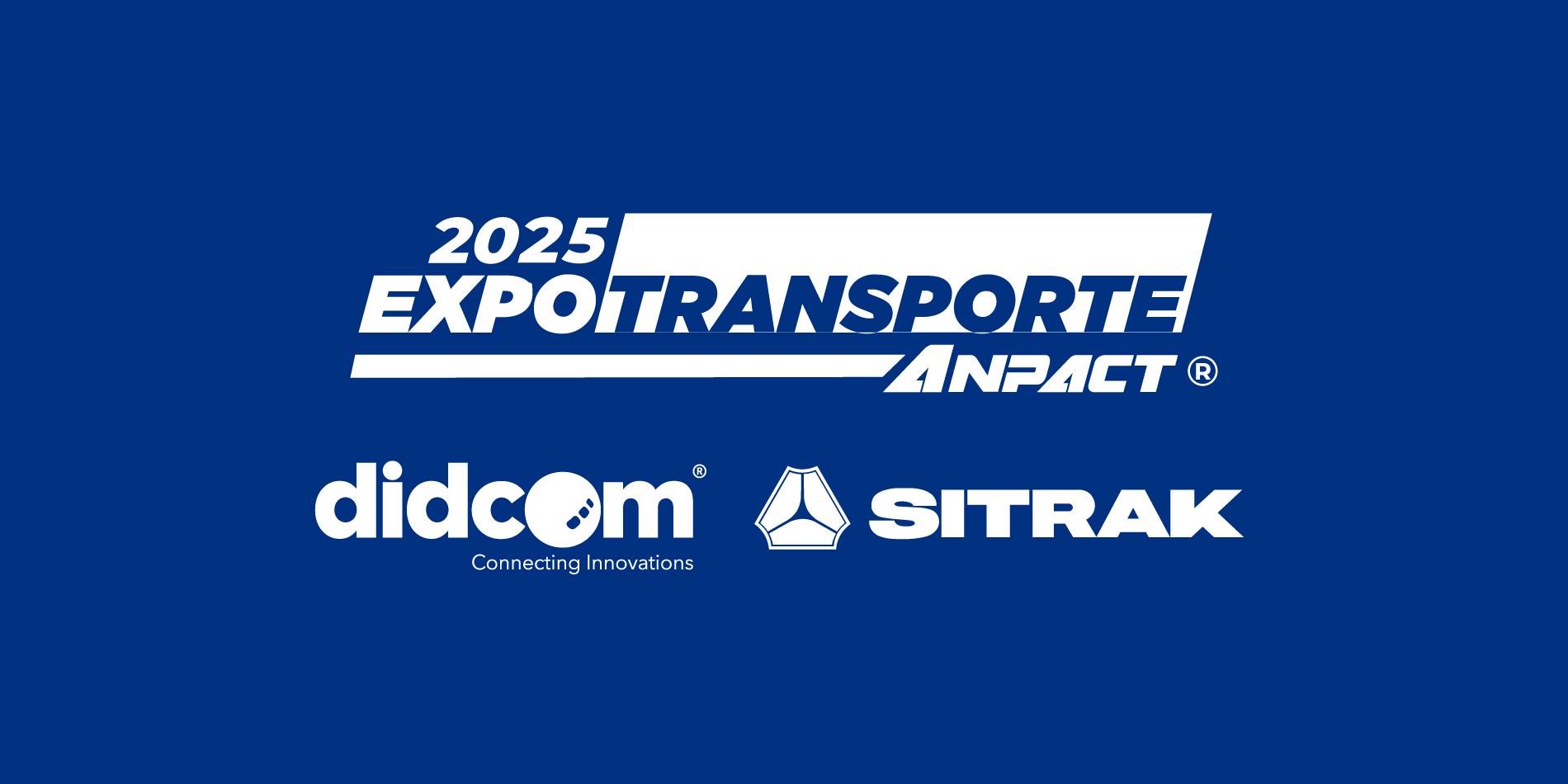How does Idle Time impact your Fleet?

A truck fleet can spend up to 50% of its operation in idle time, depending on the service provided by the transport company, representing multiple risks to the operation profitability o and the engine health.
What is Idle time?

A truck is left idling when it is kept completely stopped but the engine remains running, the most common situations are while driving, at a traffic light or stop signs, check areas or customs lines, excessive traffic in cities and even in front of a bad operating practice.
What are the consequences of Excessive Idling?
Idling for short periods of time is not a problem, however, leaving the engine at idle too long can pose serious problems for operation.
When the driver stops for more than five minutes, the optimal decision is to stop the engine completely, the best thing is for the driver to avoid leaving the engine idling during prolonged and unnecessary stops to avoid fuel consumption and mechanical wear.
Fuel Consumption
A heavy truck idling consumes an estimated 1 gallon per hour and ½ gallon for a light vehicle, in prolonged situations idling can increase fuel consumption up to 10 times.
A hundreds vehicles fleet idling for long periods represents a considerable cost of fuel per day and at the end of the month it reflects an excessive expense that puts the operation’s profitability at risk.

Fuel continues to be consumed even with the vehicle completely stopped, to maintain functions such as electric fan, air conditioning or heating. The key is to define rules to control the allowed idle time in vehicle fleets to avoid unnecessary expenses.
Engine Damage
Your vehicle engine can overheat when left idling for long periods of time, excessive engine heating adds hours of operation, increasing wear and tear and representing a risk that can damage the engine operation and reduce your vehicle’s useful life.

If your transport company does not integrate the technology to monitor and supervise your fleets driving habits, maintenance and repair to ensure your vehicles optimal functioning represent excessive costs for the business.
How does Didcom® help to optimize Idling in your Fleets?
Didcom® Telematics Solutions help transportation companies measure and monitor the vehicle fleets behavior to identify opportunities for improvement, set idle time limits and optimize operation.
Reactive to Proactive Fleet
Our Telematics Technology provides a fleet analysis to identify operational behaviors that represent risks before the incident occurs, and to implement indicators to measure progress in the objectives set.

3 Didcom® actions to reduce the Excessive Idling impact
- Business Rules Configuration to indicate when a unit vehicle has exceeded its allowed idle time. Very useful determining factors to monitor operation compliance.
- Driver Automatic Feedback cuando está próximo a cumplirse el límite de tiempo ralentí. Apoyar a los conductores en el camino para fomentar hábitos de protección de la unidad vehicular.
- Automatic Engine Shutdown when the Idle Time Limit is close to being met. The engine is the vehicle’s most expensive component, so its monitoring and action protect its integrity and useful life.
Telematics helps Fleet Managers to keep operation detailed control to turn data into improvement opportunities to make intelligent decisions, prevent service failures and reflect expense reduction and income measurable increase.
Are you interested in optimizing the Idle Time on your Vehicle Fleet? Contact us!
Últimos Blogs
Últimas Noticias
Temas de interés






